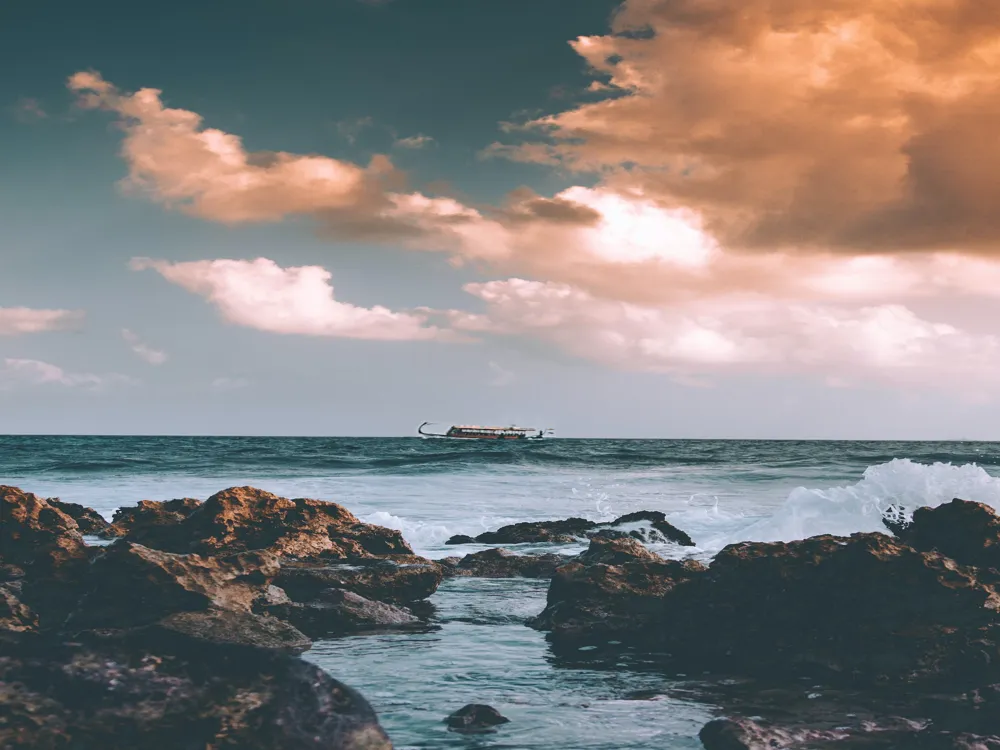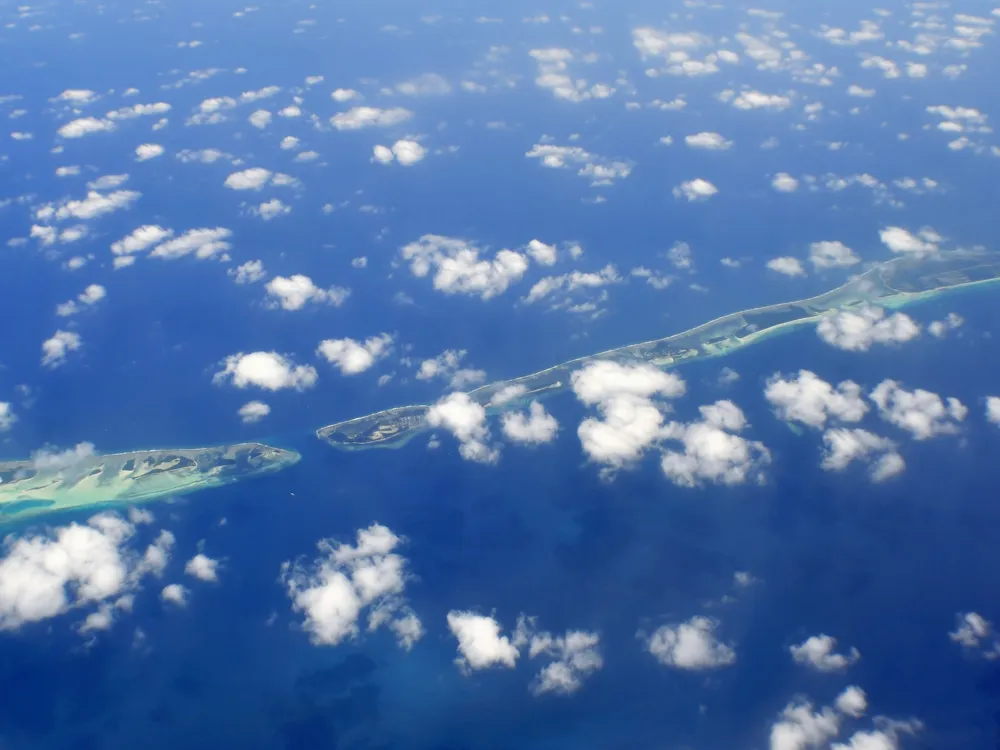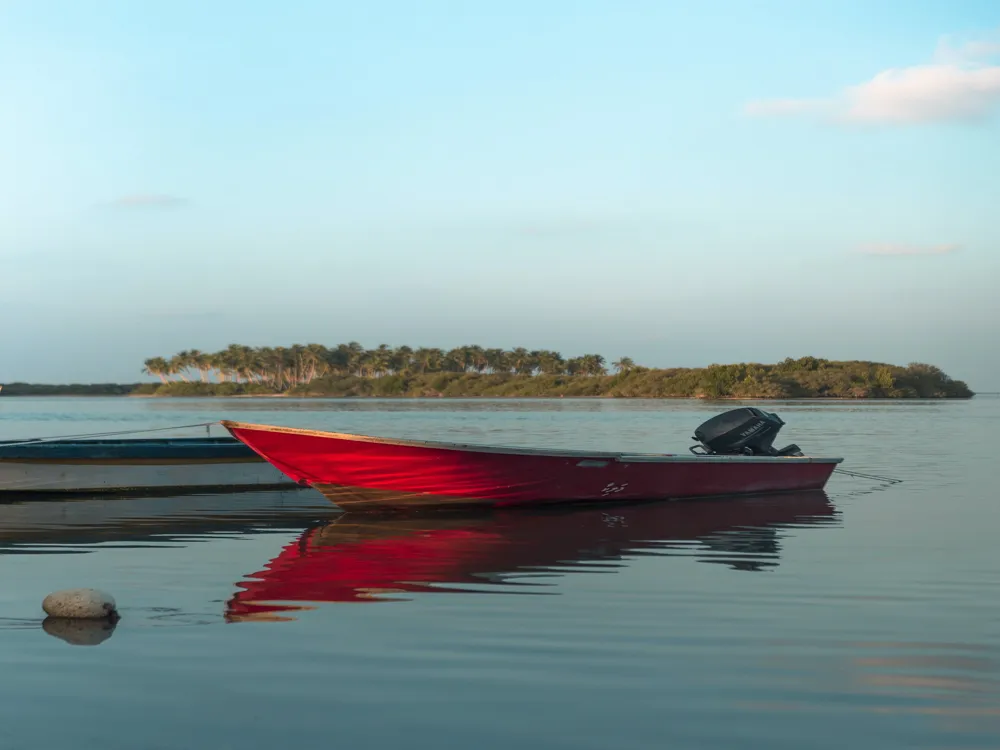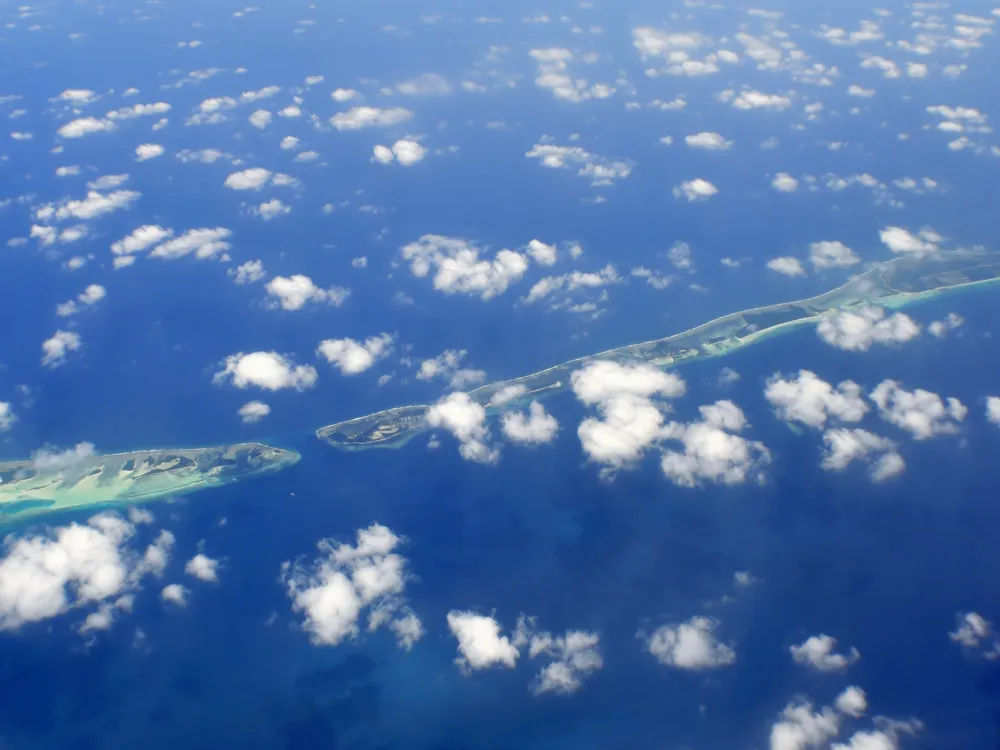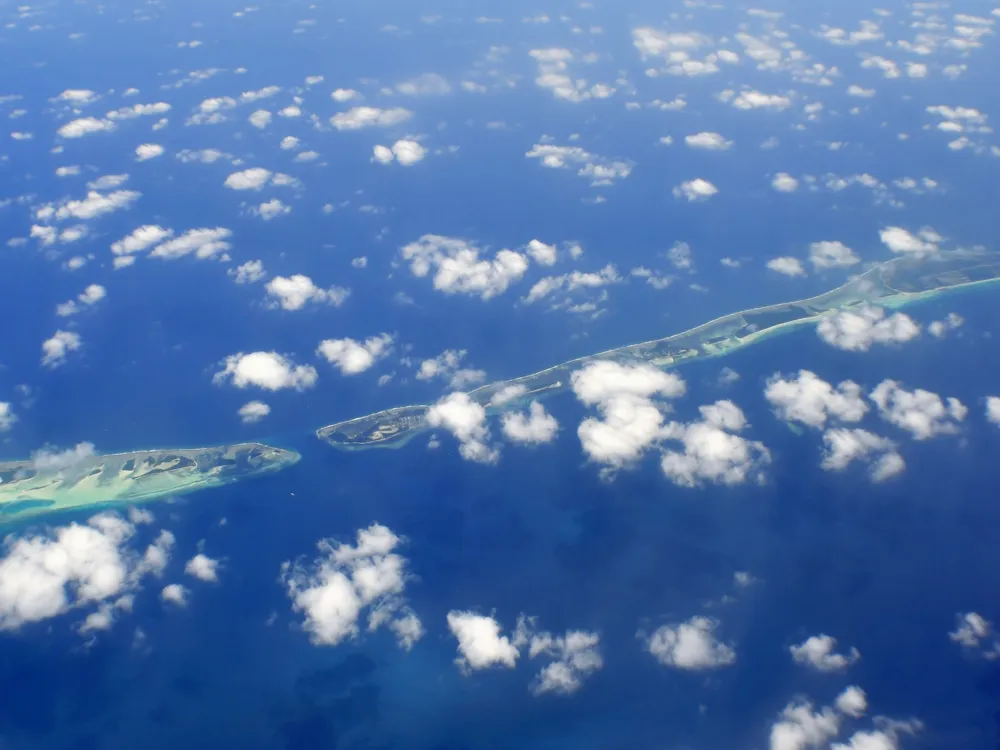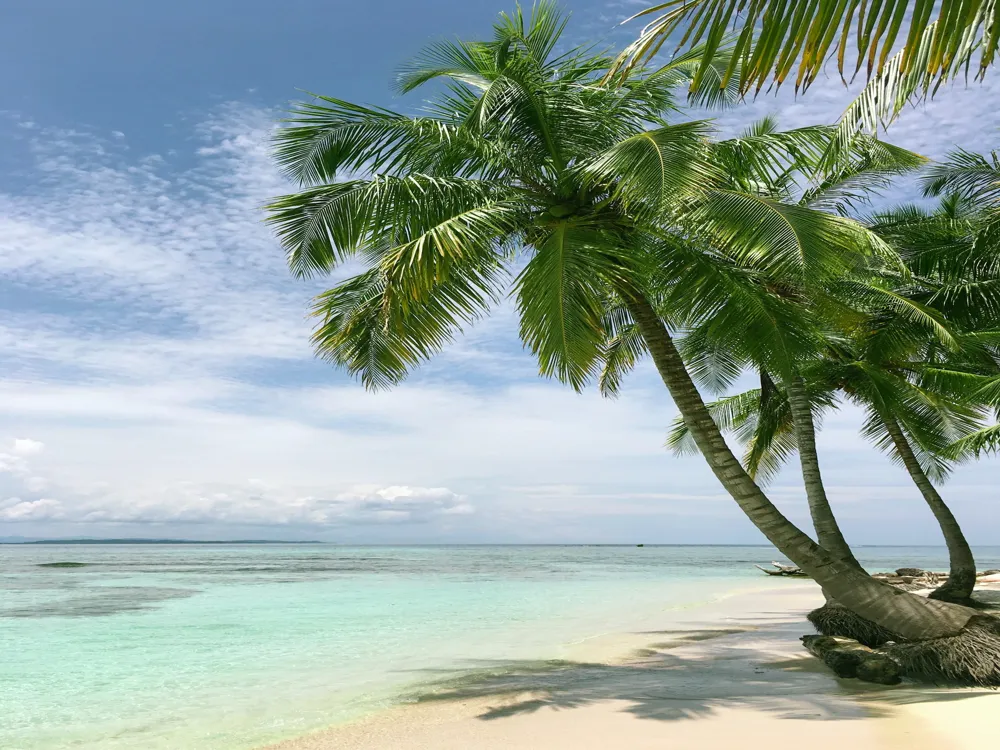Bandaara Kilhi, located in the enchanting archipelago of the Maldives, is a natural marvel that continues to captivate the hearts of both locals and tourists alike. This freshwater lake, nestled in the lush landscapes of Fuvahmulah island, is not only the largest of its kind in the Maldives but also a significant ecological and cultural landmark. The lake's name, 'Bandaara', is derived from the Dhivehi language, symbolizing its importance in Maldivian heritage. The serene ambiance of Bandaara Kilhi, coupled with its rich biodiversity, makes it a haven for nature enthusiasts. The lake is surrounded by dense vegetation, providing a habitat for a variety of bird species and exotic flora. Its clear, tranquil waters mirror the sky, creating a picturesque setting that is both soothing and awe-inspiring. The history of Bandaara Kilhi is deeply intertwined with the island's culture, often featuring in local folklore and traditions. Bandaara Kilhi's unique ecosystem is a testament to the Maldives' commitment to preserving its natural heritage. The lake's significance extends beyond its beauty, playing a crucial role in the island's water supply and ecological balance. The conservation efforts in place ensure that Bandaara Kilhi remains a pristine sanctuary, offering a glimpse into the untouched beauty of the Maldives. The term 'architecture' in the context of Bandaara Kilhi refers not to man-made structures, but to the natural layout and ecological design of this magnificent freshwater lake. The 'architecture' of Bandaara Kilhi is a marvel of natural formation, showcasing how various elements of nature come together to create a harmonious and sustainable ecosystem. The lake is a masterpiece of hydrological architecture, with its water system being a critical component. Fed by rainwater and natural springs, the lake maintains a delicate balance between its freshwater influx and the surrounding oceanic influences. This natural filtration system ensures the purity and clarity of the water, making it a vital resource for the local community. The flora and fauna surrounding Bandaara Kilhi form an integral part of its architectural design. The dense vegetation acts as a natural barrier, protecting the lake from external pollutants and maintaining its serene environment. The variety of plant species found around the lake, from towering trees to delicate aquatic plants, create a unique biodiversity that supports various life forms. The intertwining roots and branches form natural sculptures, adding to the aesthetic beauty of the landscape. Visitors are encouraged to maintain the pristine condition of Bandaara Kilhi by avoiding littering and disturbing the natural habitat. It's essential to remember that the lake is a significant ecological site, and preserving its beauty is a collective responsibility. The ideal time to visit Bandaara Kilhi is during the dry season, typically from January to April, when the weather is more favorable, and the natural beauty of the lake is at its peak. Engaging in activities like bird watching, nature photography, and gentle walks around the lake is encouraged. These activities allow visitors to immerse themselves in the natural beauty of Bandaara Kilhi without causing harm to its delicate ecosystem. Reaching Bandaara Kilhi in Fuvahmulah involves a journey through the scenic landscapes of the Maldives. Visitors typically fly to Velana International Airport in Malé and then take a domestic flight to Fuvahmulah Airport. From there, a short drive or a bike ride can lead you to the enchanting Bandaara Kilhi, ready to welcome you into its serene embrace. Read More:Overview of Bandaara Kilhi in Maldives
Architecture of Bandaara Kilhi
Tips When Visiting Bandaara Kilhi
Respect the Natural Environment
Best Time to Visit
Engage in Eco-Friendly Activities
How To Reach Bandaara Kilhi
Bandaara Kilhi
Maldives
₹ 34,250 onwards
View maldives Packages
Maldives Travel Packages
View All Packages For Maldives
Top Hotel Collections for Maldives

Private Pool

Luxury Hotels

5-Star Hotels

Pet Friendly
Top Hotels Near Maldives
Other Top Ranking Places In Maldives
View All Places To Visit In maldives
View maldives Packages
Maldives Travel Packages
View All Packages For Maldives
Top Hotel Collections for Maldives

Private Pool

Luxury Hotels

5-Star Hotels

Pet Friendly







